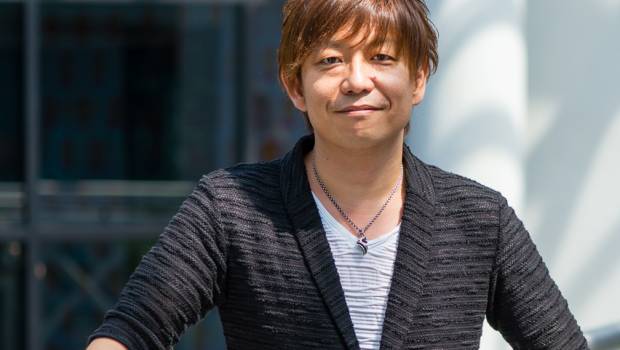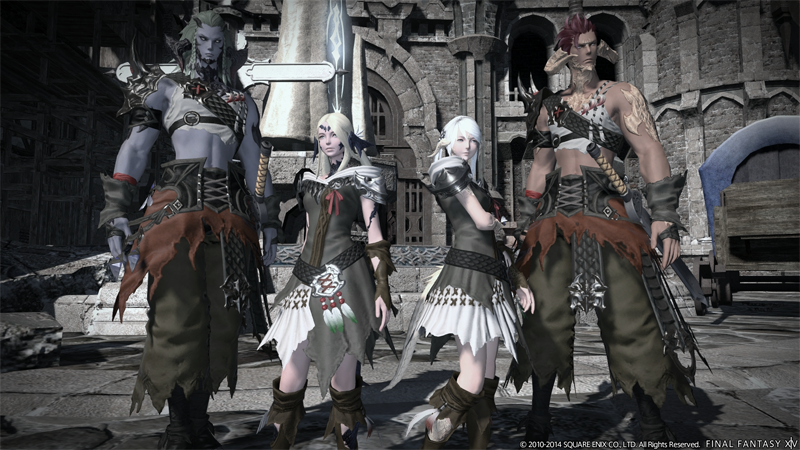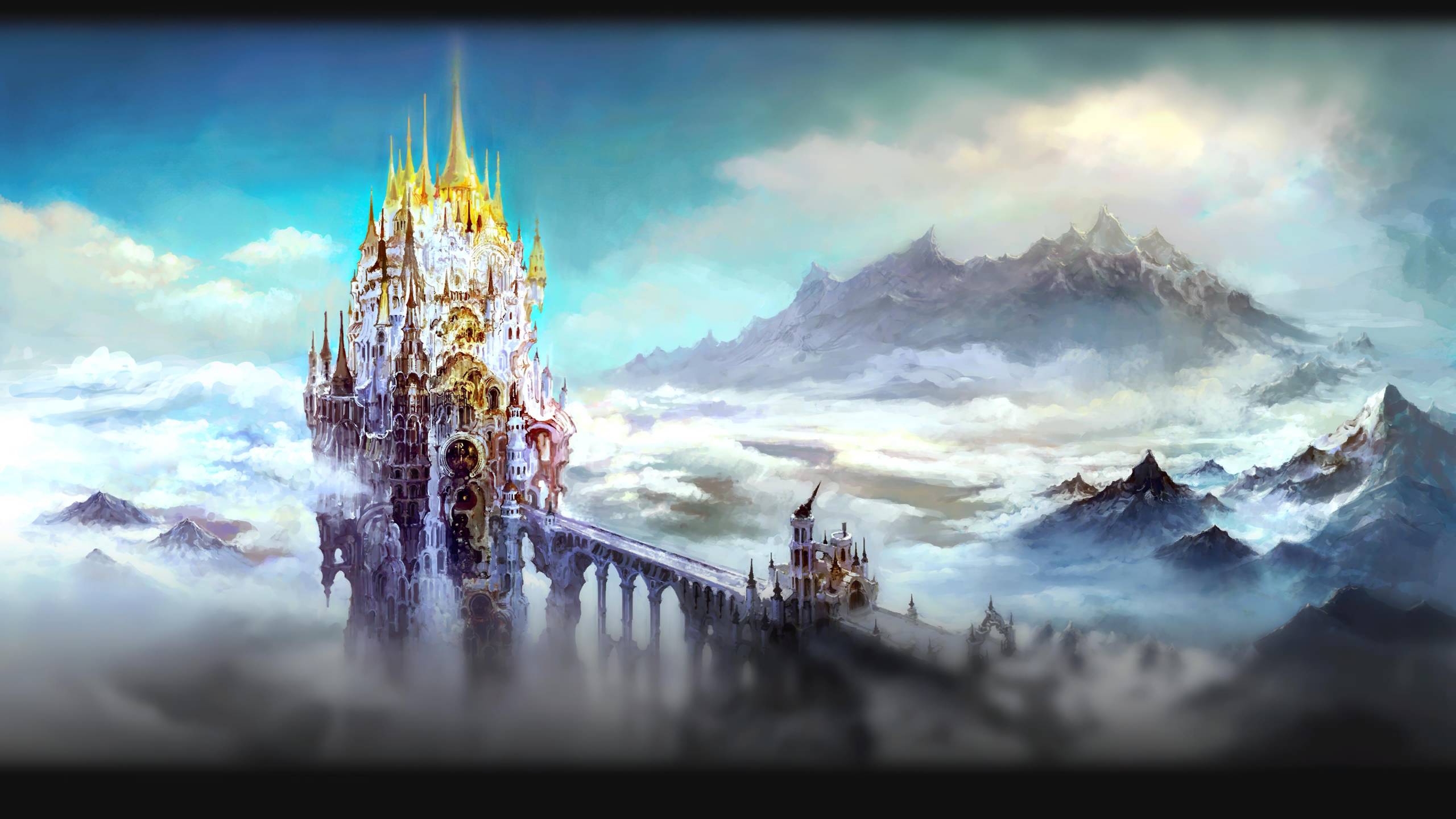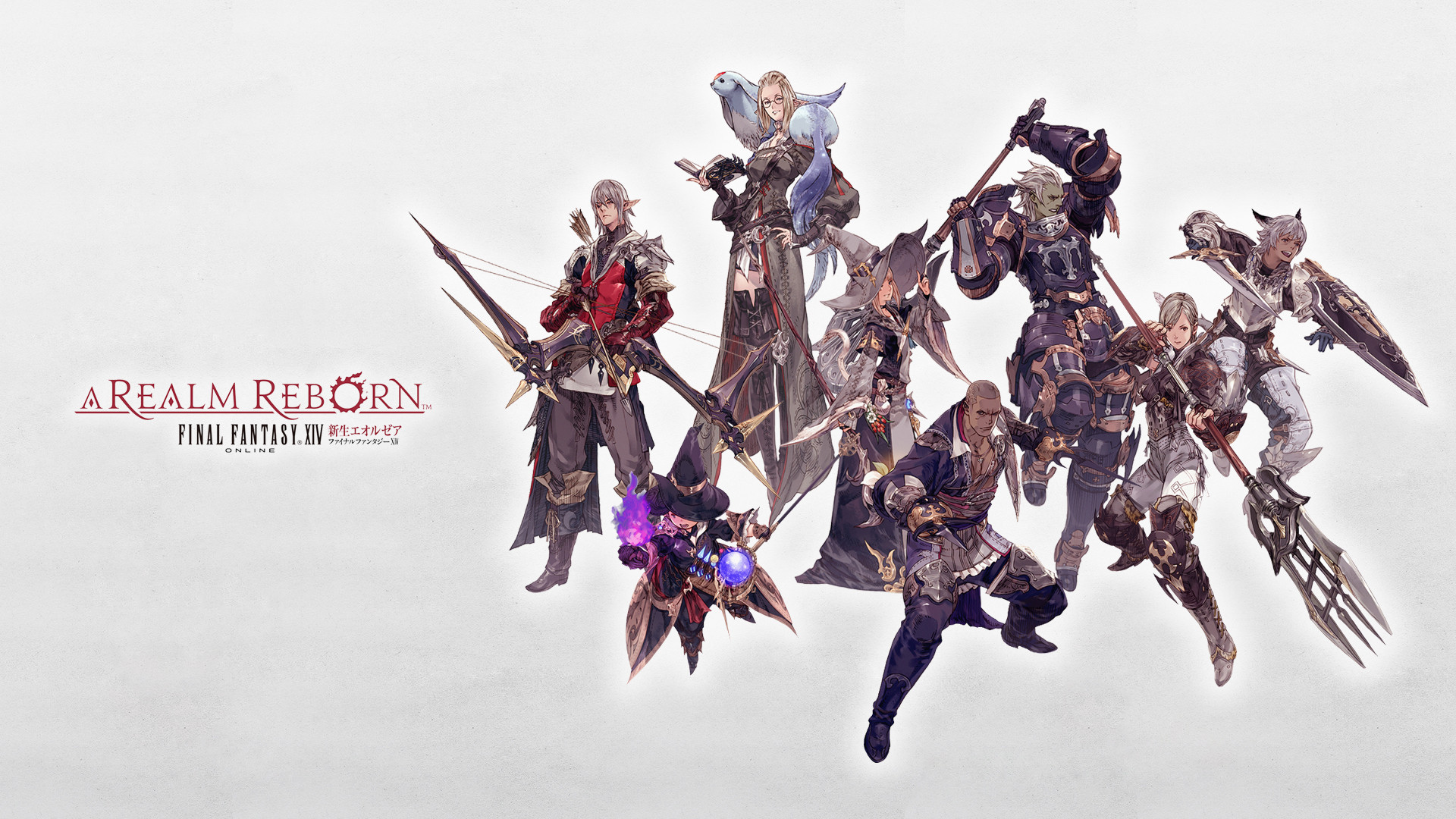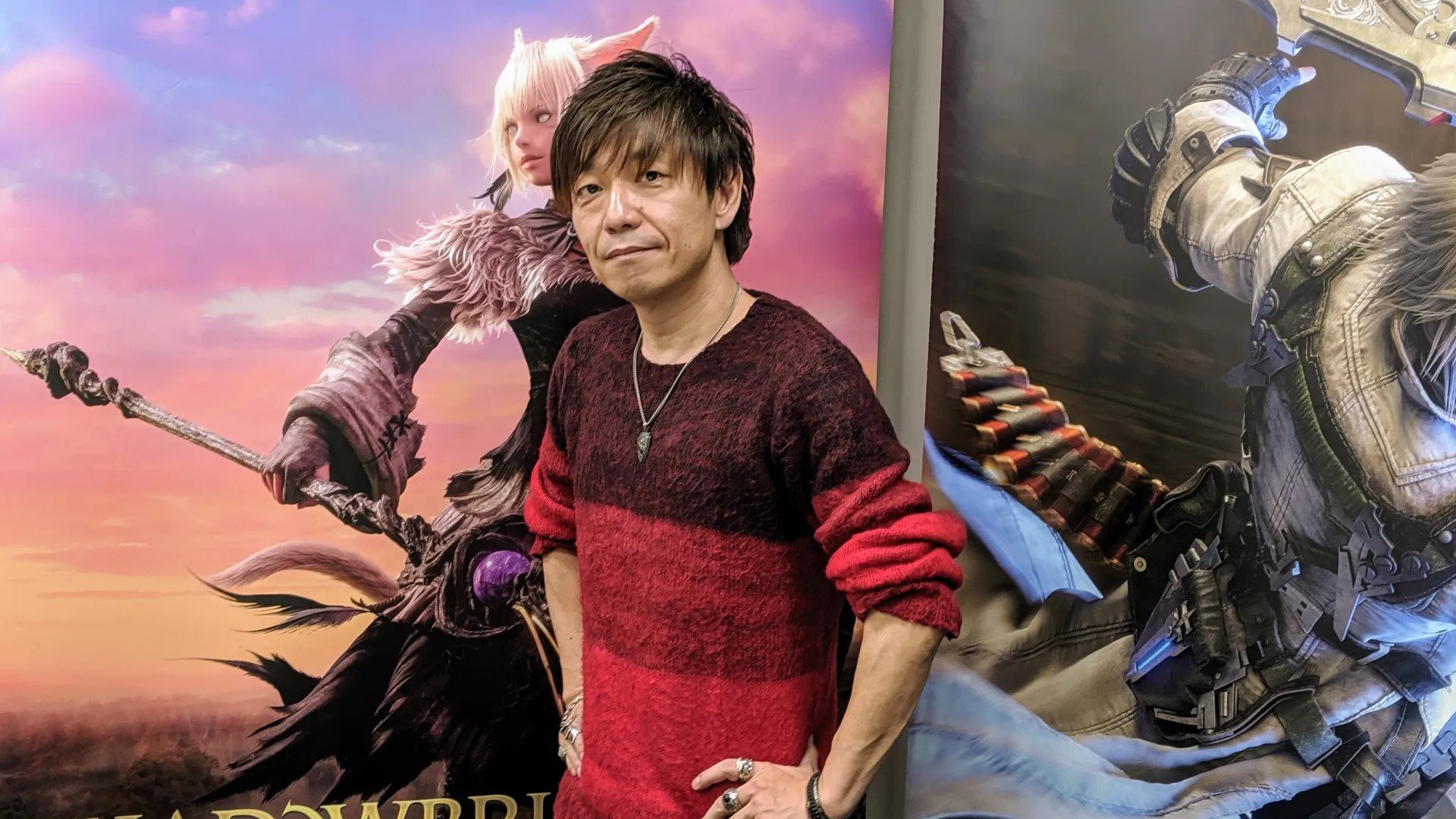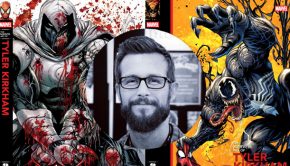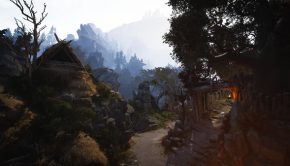Naoki Yoshida Interview: Final Fantasy XIV’s Lore & Story
With the new expansion Endwalker coming out later this year, which concludes an almost 10-year saga. We take some time to ask Final Fantasy XIV director and producer, Naoki Yoshida, some questions related to the lore and story of the widely popular MMO.
Q: The Final Fantasy series has been known to have many races/cultures with new ones being introduced with each title. What process does the team go through when creating new races and introducing ones from previous games into Final Fantasy XIV?
Naoki Yoshida: When we use the term “race” in FFXIV, in reality there are broadly two meanings behind this. The first is the race that the player him/herself can select to form the basis of their customised avatar, and the other refers to the NPC races that appear within the game. In the case of the former, it is no easy feat to add new races and if we are to do so, we’d need to prepare it so that the several thousands of items available as gear can be properly equipped, and this is on top of developing the unique motions for emotes, standing by, walking, running and the attack stances. This doesn’t only entail a huge development cost for implementation but also requires us to continually support those races in future updates.
As a result, when considering the addition of new playable races, we have to factor in the how the workload will multiply. As such, this only happens on an extremely limited basis and the deliberations about implementing or not would start only after I place a request and the costs are calculated. We’re already approaching the limits in terms of maintaining a healthy balance between the operational costs and quality of the gameplay experience and so it could be said that adding any more playable races would be quite a challenge. (Of course, I do understand the benefits of expanding the options available to players and their scope for roleplay…)
On the other hand, the addition of NPC races is, compared to playable races, a somewhat enjoyable process for the development team. This is thanks to factors such as the characters’ gear being fixed and the developers benefitting from a degree of control over the emotes. (But again, it’s only enjoyable in comparison) Typically we’ll brainstorm for ideas alongside our efforts in formulating the story when working on a new expansion, by considering questions such as “which regions will we focus on?” and “what unknown cultures await therein?” Since I also participate, the scenario team and I will consolidate the basic ideas and consult the graphics team after that.
As for the final steps such as the design and emote motions etc., in the case of races that have appeared in the FF series before, we’ll thoroughly do our research before deciding on the race’s physique and preparing several samples of their movement, all the while considering their standing in the lore. From there on, we enter the stage of incorporating all the fine details. As one example, when we were implementing the Viera from FFXII we checked their prerequisites in advance and also had their creator Mr. Yasumi Matsuno kindly provide his support in this regard. After deciding on the physique and lifestyle of this race we then determined their movements. Simply put, the process started from formulating the basic identity of the Viera as an athletic race of hunters.
Q: History is crucial in every Final Fantasy game and Final Fantasy XIV is no different. In every new expansion, new history is written. Whether it be a character’s, a city’s, or even an entire world’s, how does the team incorporate newly introduced ones into the story without damaging what has already been established?
Naoki Yoshida: While it is a project that places great importance on long-term planning, in FFXIV we also very much value meticulous improvisations. As a result, when it comes to the history that will be laid out in the main scenario, we endeavour to plan that at least two years in advance. When doing so, we’ll intentionally brush over any aspects that might hinder the plot or leave them undecided. This allows us to avoid any impediments to the story development.
On the other hand, previously established histories and stories have been built based on a common understanding and as such (at least for FFXIV’s story from A Realm Reborn onward), they don’t serve as a hindrance for writing something new. If anything, we’re able to write the new story with those established histories in mind as the premise. We make an effort to check the situation around global affairs, the work-life balance of players and latest trends when we’re working on [implementing] the new story and it is when we tweak a few things to reflect those conditions that the improvisation I mentioned earlier takes centre stage. Having said that, it’s not like our improvising has any drastic impact on the story. Even if there is, it’s limited only to the essence of the tale. I believe players could see first-hand how we incorporated a new story into a pre-established history and tale with Shadowbringers. It is very much because of the rich history that a story becomes more interesting. It’s the same as life really. :p
Q: With each new expansion new themes are introduced and are focused on. How does the team decide on which themes to focus on with each new expansion?
Naoki Yoshida: The major themes for the expansion would be first conveyed from me as the game’s director to the development team. Although it is somewhat difficult to describe my personal decision-making process it could be summarised as [requiring a sense of] surprise and fun. This contains a dual meaning in that I assess whether as developers ourselves we would encounter surprises while enjoying the production process, at the same time as considering whether the story of the expansion would be exciting and fun for the players. In the last expansion Shadowbringers, I had thought that players must have grown tired of being referred to as a Warrior of Light. I also came up with the idea of reversing the conventional notion of light equating to justice or something holy and darkness equating to evil or something bad to generate a sense of surprise.
The current state of global affairs is incredibly complex and simple two-dimensional theories of good/bad from ancient times can no longer quantify this world we live in. As such, a large factor [that contributed to the selection of these themes] is that I thought I could cultivate new values and a new sense of realisation within myself by changing perspective and carefully considering the other party’s arguments in regard to a given event. Half of the time these things are born from one’s intuition and flashes of inspiration. I guessed as much but it really is hard to explain. (laughs)
Q: There have been set characters that have been around in Final Fantasy XIV since A Realm Reborn. These characters show up in every expansion as important and we see them change over time. What process does the team go through to develop these characters without it being too jarring to returning players?
Naoki Yoshida: In a similar fashion to the lives of the players, these characters develop and change as a result of experiencing their share of troubles, encounters and farewells with others throughout the story. The development team very much cherish FFXIV’s NPCs and express those feelings through the chronological narrative. Accordingly, by picking up where they left off and progressing throughout the main story, even returning players are able to feel the changes to those NPCs. There is no drastic process in particular and by depicting [those changes] in the story, both returning players and current players end up with a comparable understanding toward the characters. There aren’t many who would skip a few seasons of a TV drama and start watching from the middle now are there?
Q: Classes (Jobs) are important in almost all Final Fantasy games. In Final Fantasy XIV they are crucial as a tool for both new abilities and story. Each class has their own storyline, and it develops with new expansions. How does the team decide on what class to pick from previous Final Fantasy games and write storylines for?
Naoki Yoshida: For jobs that form a large part of the player’s game experience, we conceive them upon placing greater importance on the game experience rather than the story. This is because any constraints relating to the story would be detrimental to the game experience. As such, even though the Warrior of Light’s job changes in the movies for each expansion’s story, we don’t necessarily put the new jobs in the spotlight. For Shadowbringers I had requested Dark Knight in order to depict the pivotal role as Warrior of Darkness. In contrast, the new Gunbreaker and Dancer jobs for Shadowbringers were decided upon after I discussed with the battle system team, and we opted to incorporate new jobs for balancing battles, which adequately addressed requests from players.
So, we actually decide the job first and then devise the story so that it fits well within the game’s universe. Each of FFXIV’s elements are not necessarily determined based on a single direction but instead differ depending on whether we wish to place importance on the story experience or alternately the game experience. Of course, I am very grateful that the battle team, who have the first say, kindly consider the mood of the expansion and story direction when reviewing the possibilities for new jobs.
Q: World building is one of the best parts of the Final Fantasy XIV experience. It is filled with many cultures, races, ways of speaking, cities, history, and so much more. How are these new areas created from scratch and what steps does the team go through to make sure the story and lore is structurally sound?
Naoki Yoshida: Story and lore are not two separate entities. I believe in most cases they refer to the same thing. Some may consider the lore to be merely the basis of the world setting in itself but it is actually determined as we develop the history or story of each element in FFXIV. It’s just that this hasn’t been explained in detail publicly… Therefore, we’re not just deciding the lore on a whim but we have a proper story and history behind it. We actually often refer to texts when devising the lore and these typically revolve around the origins of real historical events, customs, ethnicities, dialects and cities. As a result, we ensure consistency by developing the lore while simultaneously crafting the story. It goes without saying but the story writers and lore creators are constantly exchanging information and at times both roles are carried out by the same person. You can also consider the structural soundness as something ensured through their earnest efforts.
Q: Side quests are vital in an MMO. They must not only exist but be full of interesting tales and characters. There have been many side quests in the past that have had me fully invested. What process does the team go through when creating new and original side quests?
Naoki Yoshida: Thank you. Despite being categorised as “side quests”, we take the lore into account in much the same fashion as the main scenario while also transforming various tales behind the lore into quests. Thanks to this, we’re able to do a thorough job of developing the story. The content that we can definitively depict though is inevitably minimised due to the extremely limited steps for completion of the side quest goal, which is designed as such to avoid a sense of redundancy. It is due to this situation that the side quest writers and staff in charge of quest implementation will rely on their ingenuity, such as delivering a single story to the player through several quests. That could be done for example by creating an on-going quest series or throwing related quests here and there into the mix, and it’s this type of ingenuity that also contributes [to ensuring an engaging experience for the player].


